How To Build Muscle
December 2018 | Reading time: 4 minutes

Table of Contents
Muscles are everywhere in the body. People tend to think of men and women at the gym with muscle in places such as the back, arms and legs. However, it is important to note that muscles also exist in organs and blood vessels, to help maintain the circulation system and complete involuntary processes that we have no control over, yet are essential to our survival.
We will focus on the type of muscle that you can contract voluntarily and how you can strengthen them. In general terms, these are known as skeletal muscles.
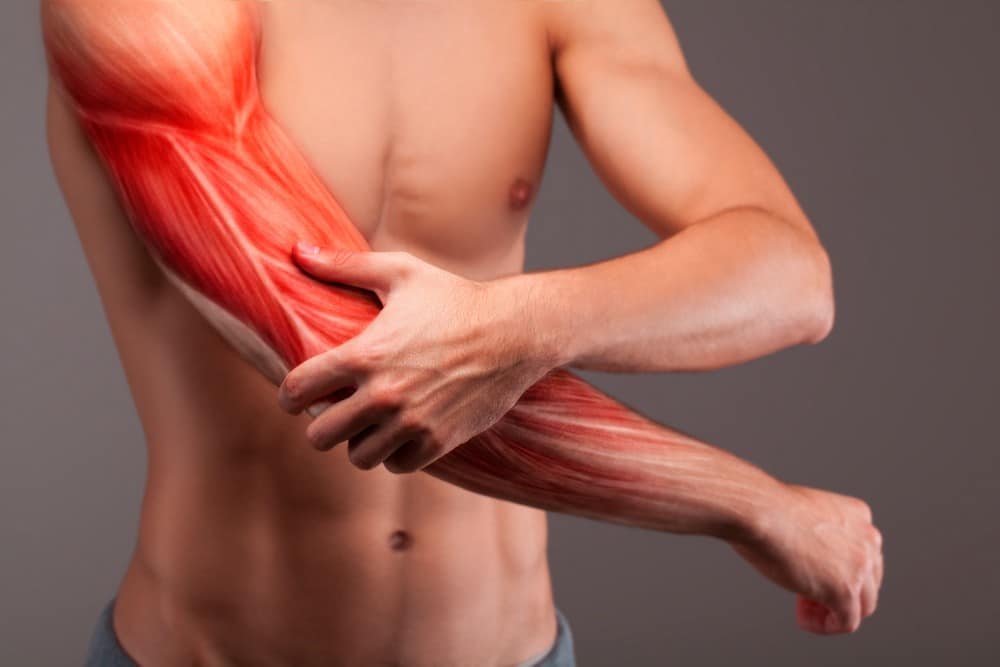
The Science
As the name implies, skeletal muscles are attached to the bones. They are also known as striated muscles, because they have stripes, although you cannot see this through the skin. They come in pairs when moving the joints, to allow you to move in different directions. In contrast to the smooth muscles found in organs such as the bladder and stomach, you control the contraction of skeletal muscles. You have to make a conscious decision and action to contract your muscles so that your brain can send signals to the muscles and make them work.
Skeletal muscles are mostly composed of proteins, which interact during contraction to create force. Two of these proteins are called actin and myosin. It is thought that muscle grows and gets stronger due to greater production of protein and the incorporation of these into muscles cells. The muscles grow when they are resting rather than when you are active. During the repair process after exercise or strength-training, the proteins reproduce in a thicker form. Satellite cells activate and divide to help the growth of proteins and fusing of muscle fibres. In cases where the muscles grow, this is because more protein is being produced than broken down. Furthermore, strength comes with an increase in how many cells are working when the muscle contracts.
As you get better at controlling the voluntary contraction of your muscles, you can work them harder. This means that you can cause the muscle more damage so that it repairs and grows stronger.
In Practice
If you do resistance exercise, where your muscles have to use more force to complete an action, then this greatly increases the rate of production of cells and proteins within the muscles. Of course, you must regulate this to avoid tearing the muscle and causing serious trauma. The most crucial element of building muscle is to ensure that you give your body the chance to rest and recover. The rest period is when muscles grow, so you need to let them do so!
Your diet can also affect the growth and repair of muscles. Furthermore, your hormones and genetics may influence the extent to which your muscles can grow. Generally, the growth of muscles is a slow process that requires you to train regularly and be patient. It may be a few months before you notice any visible changes in your body!
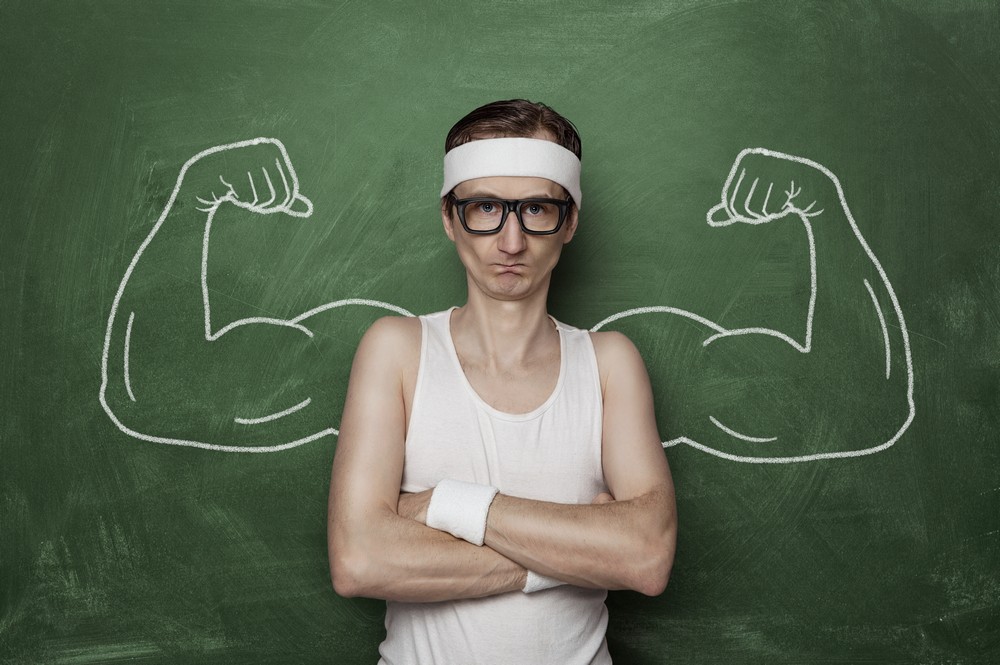
To build muscle, try and do exercises involving weights or resistance. You will know that it is working if your muscles ache the following day, though if this persists, check with a doctor that you haven’t caused serious damage. If an exercise becomes too easy for you, mix things up and try something new to challenge yourself!
Most exercises that build muscle also target and reduce fat, making you both strong and healthy! If you need a helping hand in losing excess fat that cannot be shifted by diet or exercise, why not try our Cryolipolysis procedure. This exposes the fat cells to sub-zero temperatures, as they cannot survive in such cold conditions. Consequently, they die and are removed from the body via the lymphatic system.
Related Articles
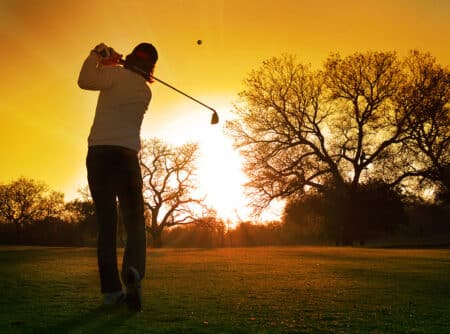
A Gentleman’s Guide to Younger Looking Skin
This guide highlights non-invasive treatments that available to the discerning gentlemen who wish to have younger looking skin. (more…)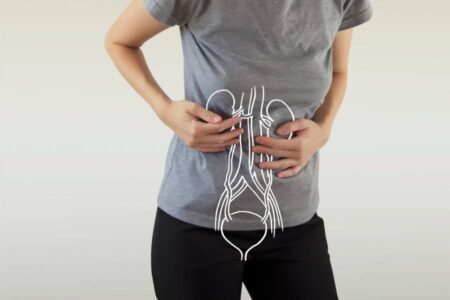
How the Body Gets Rid of Toxins
A lot of us take our bodies for granted. We go through life without realising how hard our bodies work...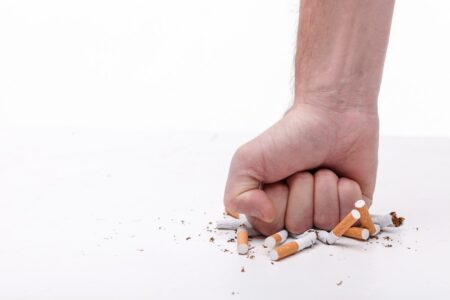
5 Ways To Quit Smoking
One of the most difficult things to do is quit smoking. Smoking is a habit that can have very destructive...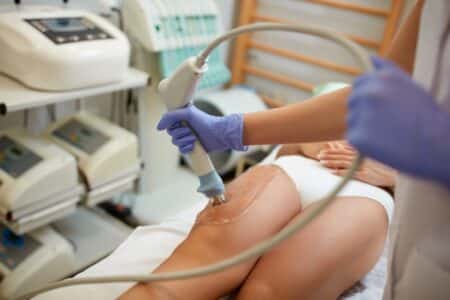
How Does Shockwave Therapy Help The Body?
Shockwave therapy is a non-invasive and safe treatment for several ailments. It works by emitting waves into certain parts of...
How the Sun Can Affect Our Health
The majority of us love to be out in the sun, and can't wait when it's time to go on...
Exploring the Miscellaneous: A Journey into the Unexpecte
Exploring the Miscellaneous: What Does It Really Mean? The term 'miscellaneous' often conjures up images of a jumbled collection of...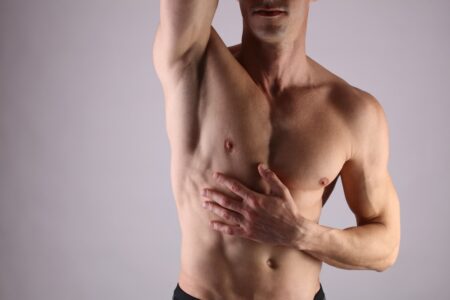
Myths About Hair Removal
Hair removal is by no means a modern phenomenon. People have been getting rid of hair from their faces and...
Kitchen Gadgets to Aid Healthy Eating
Eating healthy can sometimes feel like a burden. It can be time-consuming and may not taste as good as faster,...
Does Make-Up Harm the Skin?
Men and women all over the world wear make-up, whether it is for a special occasion, or on a daily...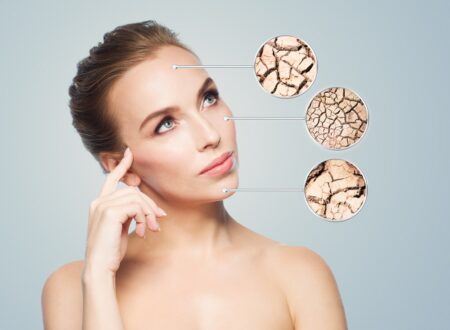
What Skin Type Am I?
Everyone is different, and our skin is no exception to this rule. Furthermore, our skin goes through various changes throughout...
Natural Ways to Improve Your Circulation
Many of us encounter problems with our circulation over time, perhaps due to age or a change in weight. Furthermore,...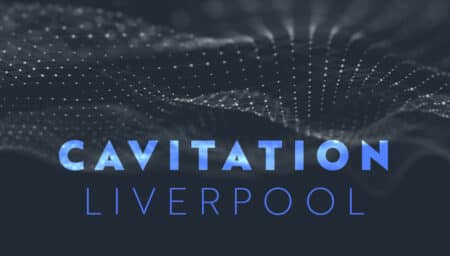
Ultrasound Cavitation Liverpool
Our revolutionary Ultrasound Cavitation treatment is now available at VIVO Body Studio Liverpool! This treatment produces noticeable reductions in fat from...Happy Customers
1,916 Reviews and CountingMobina carried out this treatment and she is v knowledgable, professional and attentive throughout. I’ve got my next appointment booked & can’t wait to see the results after that session.
I would highly recommend this treatment and Mobina.
 close
close



